Russian GLSDB: another surprise for the Ukrainian Armed Forces
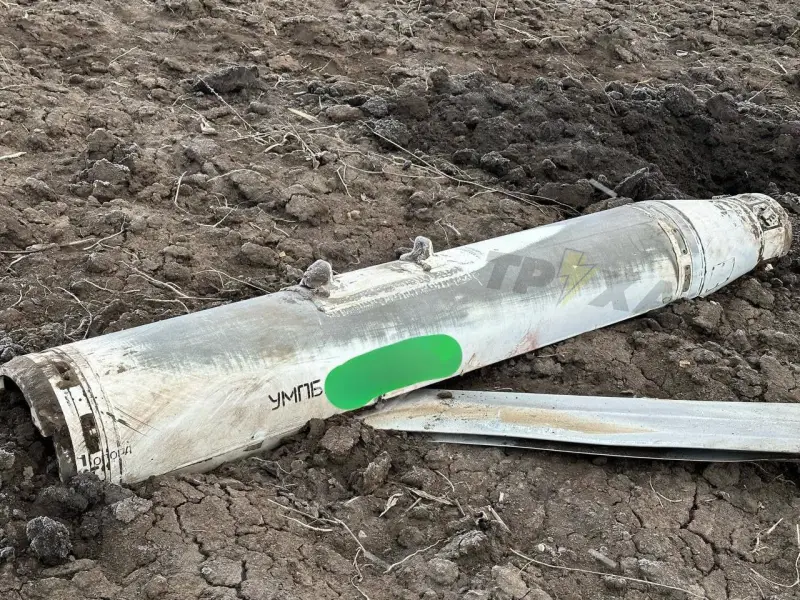
Enemy evidence of the existence of UMPB D-30SN
Universal and planning
For more than a year now, the tactics of the Russian Aerospace Forces in special operations have been based on the widespread use of aerial bombs with UMPC - a universal planning and correction module. Domestic craftsmen started with the FAB-250, then switched to the FAB-500 and now one and a half ton ammunition is flying onto the heads of enemy soldiers. High-precision missiles are too expensive, and FABs removed from storage can be easily retrained as weapon new type.
The most remarkable thing is that in Russia there is still a lot of the notorious “cast iron”, as well as carriers for it. Application tactics aviation in modern realities revolves around the use of UMPC. Throwing dozens and hundreds of gliding bombs at the enemy, the pilots pave the way for the advancing infantry. This was the case near Avdeevka, and this will be the case in the further offensive to the west.
To eliminate the threat from the air, the Ukrainian Armed Forces are forced to pull heavy air defense systems close to the front. And this is good - the extreme death of the Patriot complex is a clear confirmation of this.
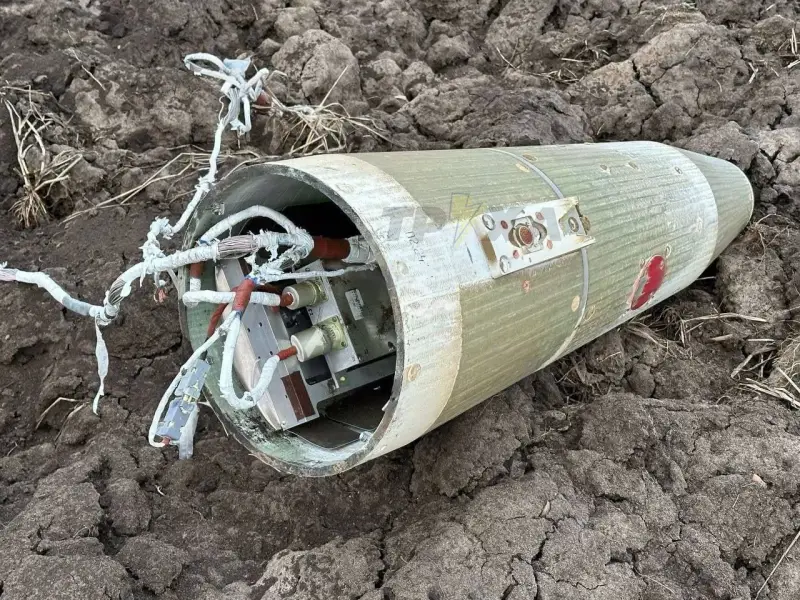
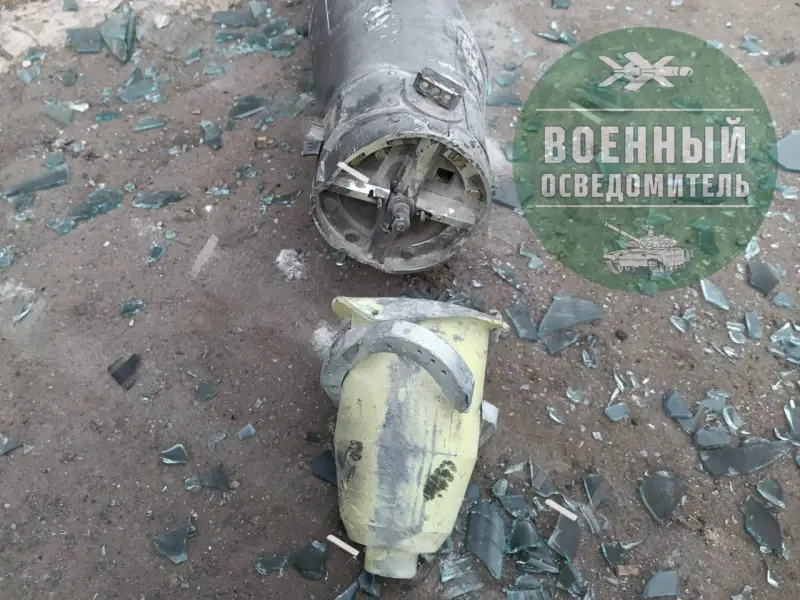
From Telegram we know about at least two fallen UMPB D-30SN
In the arsenal of the Russian Army, a situation has arisen where there are no intermediate links between relatively cheap FABs with UMPC and expensive air-to-surface missiles. So that it is not much more expensive than the UMPC, but in terms of accuracy and range it is not inferior to missiles. It would also be nice to add the optional ability to launch from a ground-based carrier.
In Ukraine, there are similar products - the American Ground Launched Small Diameter Bomb or GLSDB (ground-launched small-diameter bomb). The bomb seems to have been invented specifically for Ukraine. The engineers took the GBU-39 guided bomb, installed a rocket booster and placed it in the rails of the infamous M142 HIMARS. All for the sake of one goal - reducing the cost of high-precision strikes. Each ammunition was four times less expensive than a standard HIMARS missile.
It turned out very well, and with massive use, GLSDB could cause serious problems for the Russian Army. The range reaches 150 km, while the ammunition carries just under a hundred kilograms of explosives to the target. The GLSDB debuted in Ukraine, and the bomb has not yet been adopted even in the United States.

GLSDB - overseas analogue of UMPB D-30SN
In early March, several Ukrainian sources published images of a fallen (shot down) guided munition, which was identified as UMPB D-30SN.
The exact decoding of the abbreviation is unknown. Some commentators on the Internet claim that this is a “Universal Interspecific Glide Munition.” Others talk not about ammunition, but about a bomb. There is little information in open sources about this product, but it is reliably known about the 300 mm caliber. This is a very important characteristic.
UMPB D-30SN, according to available data, is equipped with a jet engine, and this significantly expands the range of its use. It is no coincidence that the name contains “interspecific”. The ammunition, similar to GLSDB, can be launched from ground-based carriers. First of all, from the Tornado-S MLRS guides. This is much cheaper and more inconspicuous than working from an airplane in the air, the takeoff of which the enemy will be among the first to know.
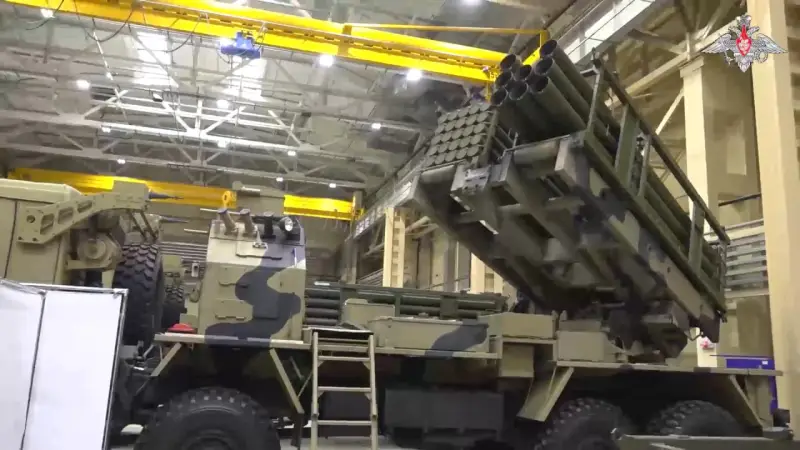
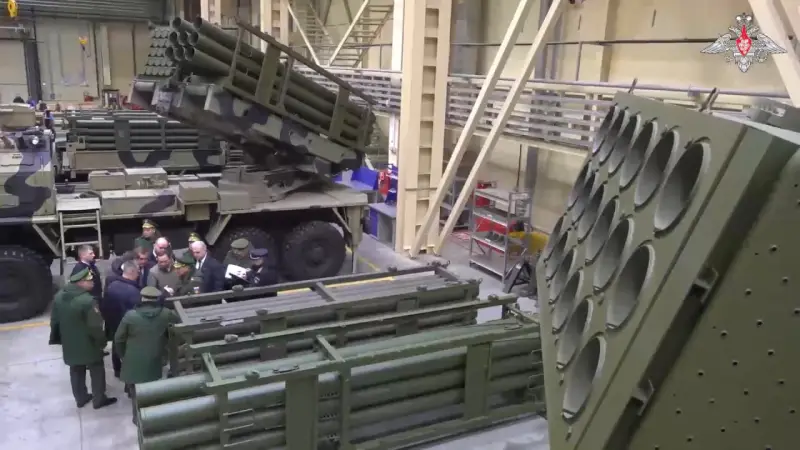
There is hope that the Vozrozhdenie MLRS with 300 mm guides can act as a launcher for the UMPB D-30SN
The heavy and multi-barreled Tornado-S is probably not the only land base for the new ammunition.
For example, it is enough to recall the Vozrozhdenie bicaliber MLRS, capable of firing rocket-propelled ammunition of 122 mm and 220 mm calibers. The installation is built on the basis of the “Agriculture” remote mining machine and, in addition to launching missiles with mines, can operate with ammunition from the TOS-1 and TOS-2 heavy flamethrowers. A number of sources report the possibility of installing 300-mm guides, which makes the Vozrozhdenie a potential launcher for the UMPB D-30SN.
Bomb and rocket in one bottle
The enemy published photographs of two fallen gliding munitions in rather poor condition. But even the available data allows us to briefly get acquainted with the design of the product.
It is based on a unified carrier module to which the payload is attached. In this case it is 300 mm ammunition. There is a version that the abbreviation UMPB refers specifically to the module located on the top of the glide bomb. The name can be deciphered as “unified glide munition module.”
The module contains folding wing planes, yokes for attaching to the carrier, as well as connectors for communication with it. A bomb (missile) with tail rudders and, if necessary, a jet engine is attached to the module. The latter can increase the launch range from an aircraft, as well as ensure the operation of the D-30SN UMPB from a ground platform.
In terms of combat load, the product is superior to the imported GLSDB. The “American” has about a hundred kilograms of explosives, the Russian ammunition presumably has a warhead from the FAB-250. For reference, the diameter of a 250-kilogram aerial bomb is exactly 300 mm.
If the technical characteristics are confirmed, then the domestic UMPB D-30SN in serial version appeared even earlier than another overseas analogue, Powered JDAM. If the GLSDB is a bomb launched from HIMARS, then the Powered JDAM is a bomb with a jet engine in the tail launched from an aircraft. Together with the wings, the ammunition turns into a cruise missile.
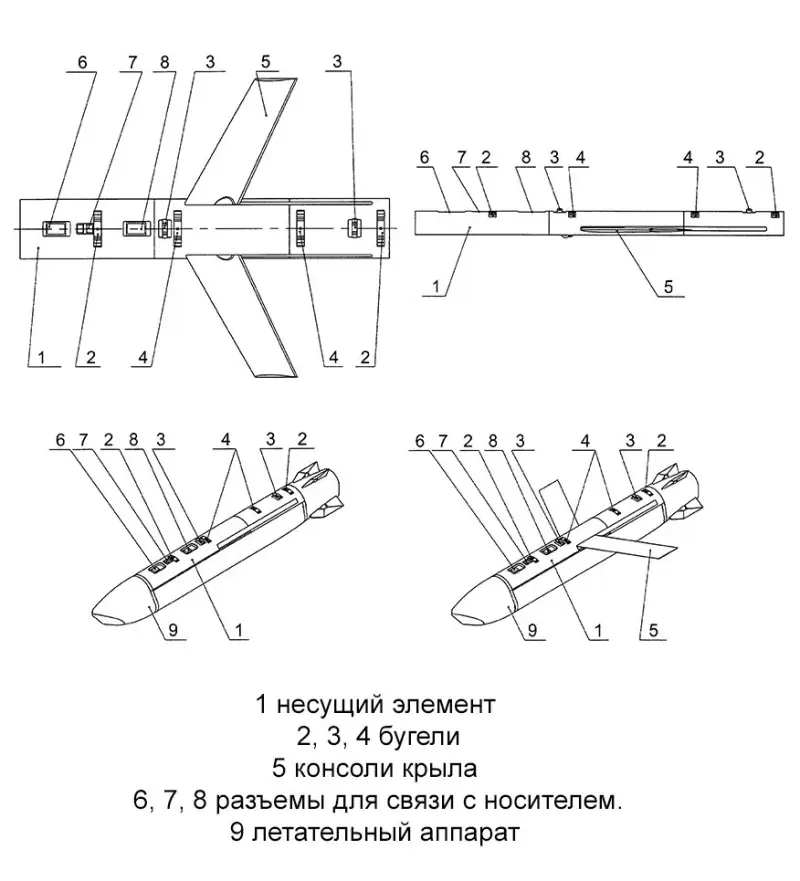
Patent images of UMPB D-30SN
The domestic UMPB D-30SN is equipped with a noise-resistant Kometa-M satellite signal receiver. This is not a new development - the first copies appeared back in 2017. According to developers from VNIIR-Progress,
The receiver module is small-sized (up to 135 g) and is capable of working with the domestic GLONASS system, as well as imported GPS and Galileo. "Comet" has already become a real mainstream of special operations - the products can be found both on UMPC gliding bombs and on drones-kamikaze "Geranium-2".
Moreover, there have been cases of the use of receivers by the enemy side. At the end of last year, a fairly primitive drone was landed, for which Comet was responsible for navigation. They took it from either a downed Geranium or an unexploded glide bomb.
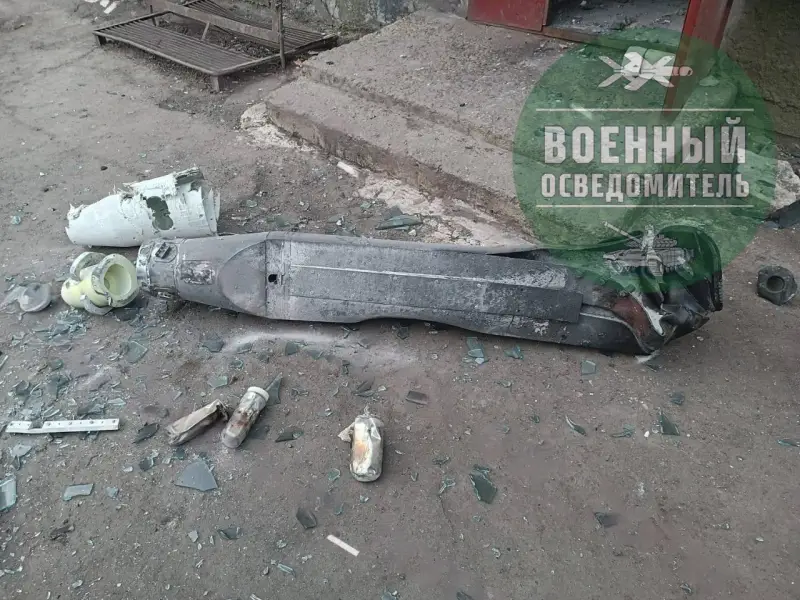
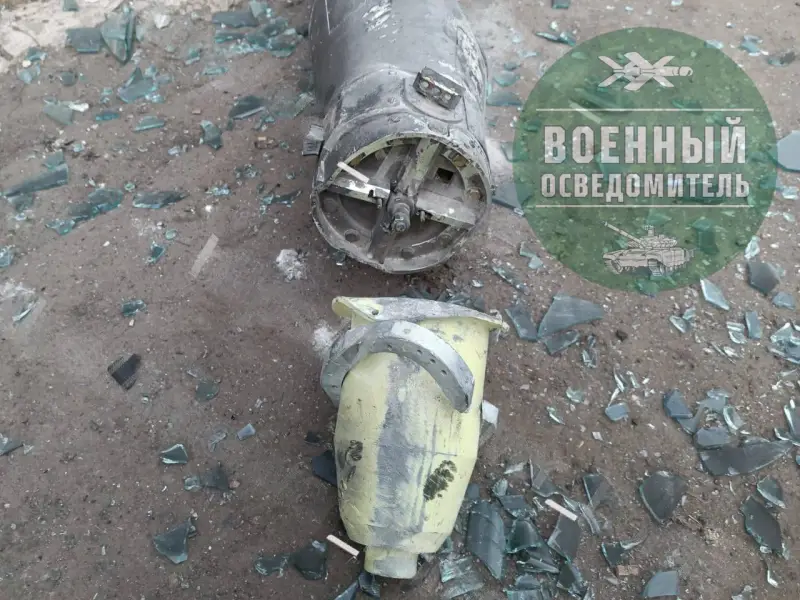
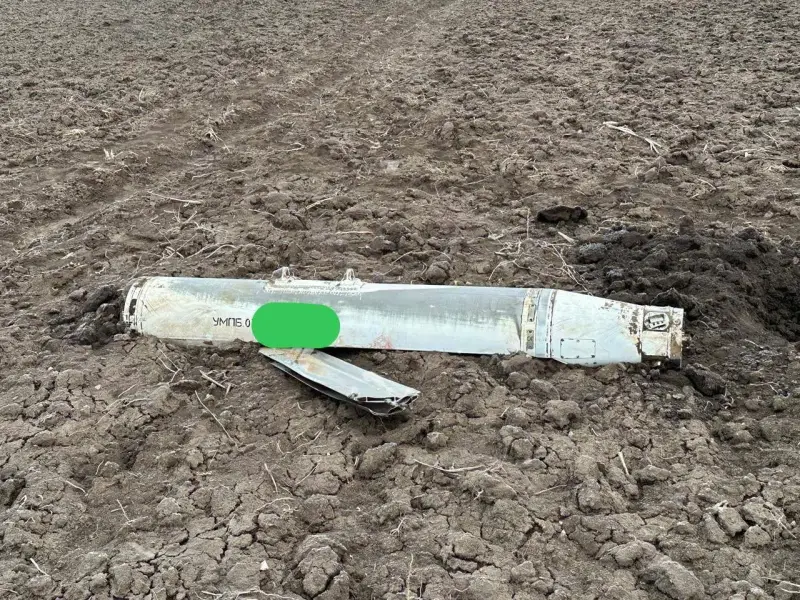
Enemy evidence of the existence of UMPB D-30SN
Using the example of the UMPB D-30SN ammunition, which should have had a more euphonious name, we see one of the signs of progress in the domestic military-industrial complex. Precision weapons are more important now than ever. Drones forced the enemy's battle formations to disperse, significantly increasing the so-called “gray zone.” In order to destroy an enemy unit, an incredible amount of ammunition is required. Hence the notorious lunar landscapes on the line of combat contact.
Products such as UMPB D-30SN significantly increase the effectiveness of combat work and significantly reduce its cost.
The appearance of such products is also a marker of expanding the intelligence capabilities of the Russian Army. And not only at the front, but also far into enemy territory. Without precise target designation, such ammunition is useless.
In the end, all that remains is to express hope for the deployment of the largest possible mass production of UMPB D-30SN - the product has plenty of targets behind the front line.
Information